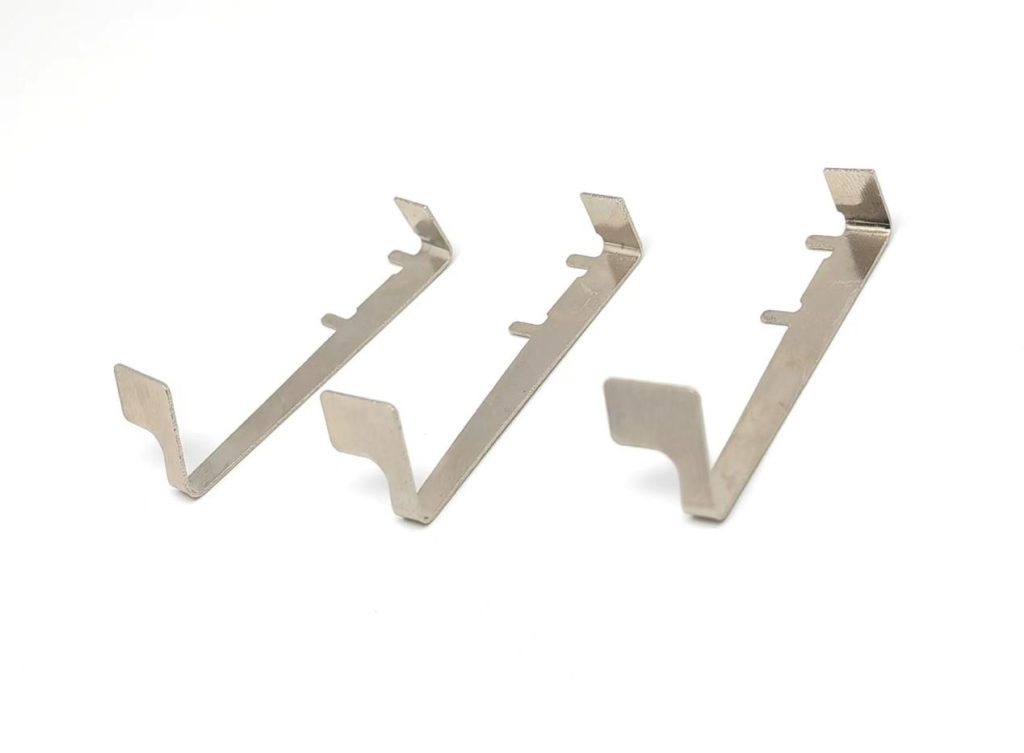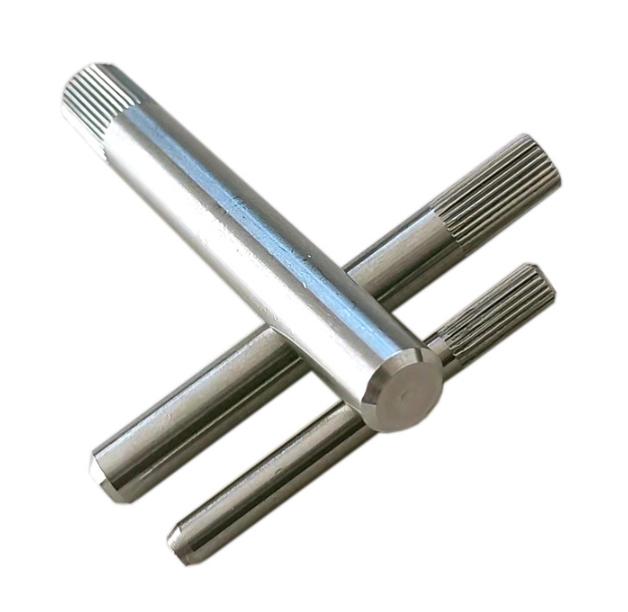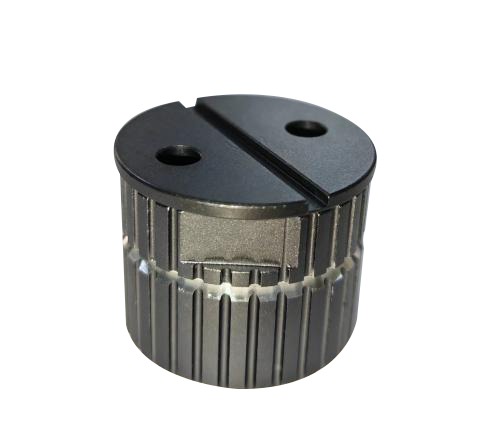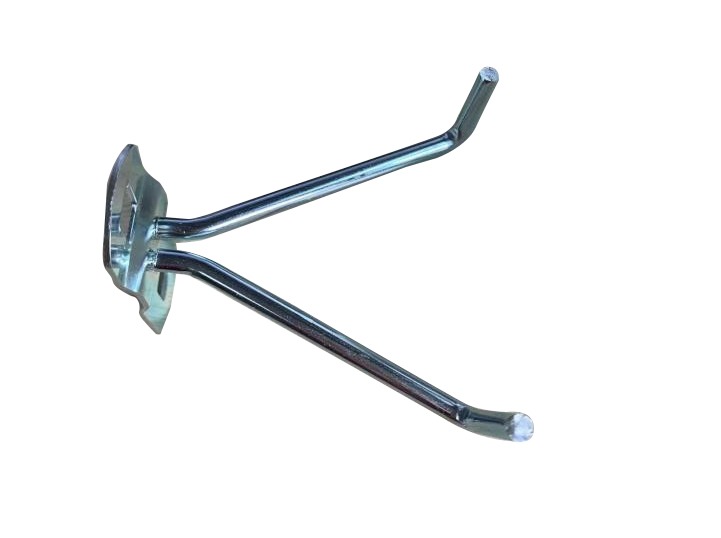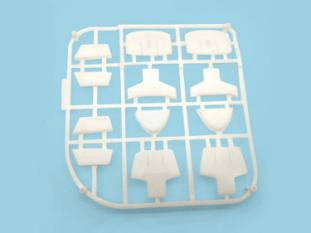Key Points About Stamping Mold Materials – Classification And Surface Treatment
As an important material in the manufacturing industry, stamping mold materials have the advantages of high production efficiency, high material utilization, high precision, and high complexity in the process of industrial production. The precision and complexity of stamping products are continuously improved.
Stamping mold materials can be widely used in the production process of precision instruments such as automobiles, aircraft, electronics, and home appliances. In the production of stamping, it is necessary to select the appropriate type of mold material and at the same time select the appropriate processing technology to ensure the quality of the mold used in production.
Classification of Stamping Mold Materials
Common stamping mold materials in industrial production include carbon element steel, low alloy steel, high carbon and high cadmium steel, and steel-bonded cemented carbide.
1. Carbon element steel: The advantages are relatively low cost and price, good processing ductility and high strength after heat treatment, and the best wear resistance during use.
Carbon steels are commonly used in molds that are small in size, common in shape, and have low compressive loads.
Carbon steels are commonly used in molds that are small in size, common in shape, and have low compressive loads.
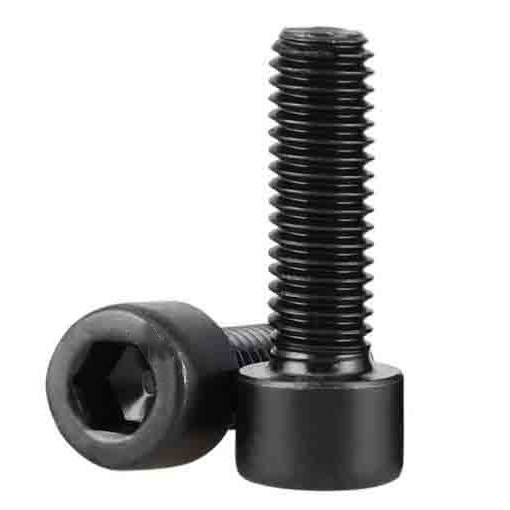
2. Low-alloy steel: Carbon element material is the basis of low-alloy steel, and its finished product is formed by adding an appropriate amount of alloying elements to the material.
Due to the addition of metal components, ordinary low-alloy steel has a higher yield point of structure than ordinary carbon steel, higher strength, better corrosion resistance than ordinary carbon steel, and higher hardenability, strength, yield strength, and tempering stability than carbon steel. Light weight, especially suitable for structural parts, etc.
3. High carbon and high cadmium steel: The advantage is that the hardness, strength, and wear resistance in the production process are the highest among all materials, and it also has good object stability, hardenability, and permeability. The effect of deformation caused by high temperature during heat treatment is small.
4. Steel-bonded cemented carbide: Cemented carbide generally has higher hardness and wear resistance, while steel-bonded cemented carbide has better performance. It is made of iron powder with a small amount of alloying element powder as a binder, titanium carbide, tungsten carbide, and other materials as a hard phase, and is sintered by powder metallurgy.
The advantage is that this stamping mold material is durable and suitable for use in mass-production molds.
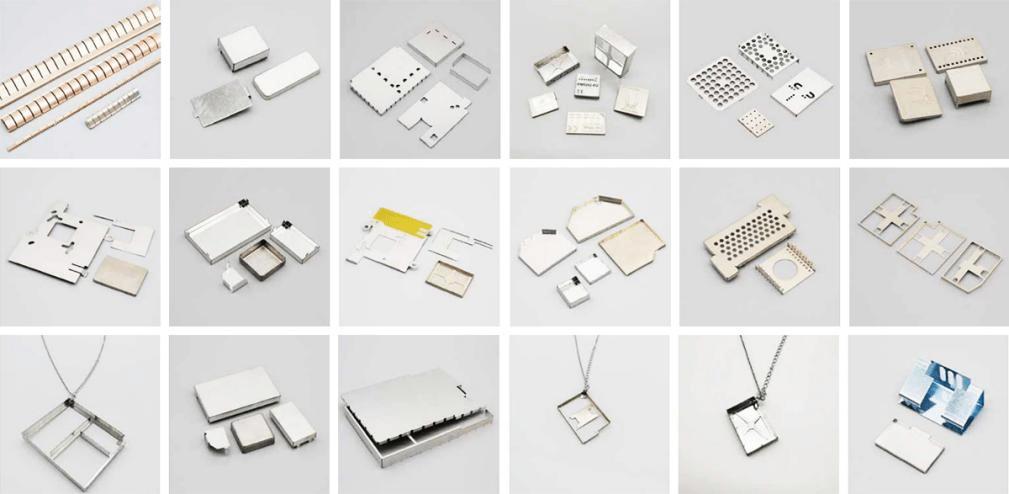
Surface Treatment of Stamping Mold Materials
In addition to requiring the base metal to have sufficiently high strength and toughness, the surface properties of the mold also have a great impact on production efficiency and mold life. The requirements for mold performance include corrosion resistance, wear resistance, and fatigue performance.
The surface treatment technology of stamping molds has been very mature, mainly divided into chemical surface treatment and physical surface treatment.
Chemical Surface Treatment
Generally speaking, chemical surface treatment technology mainly includes two methods: diffusion infiltration and coating on the surface of stamping mold materials.
- surface diffusion infiltration
The treatment method of surface diffusion infiltration is to place the mold in a closed space with a specific temperature and a specific active medium for heat preservation so that the specific medium penetrates into the surface of the mold. The purpose is to change the chemical composition and structure of the mold surface, thereby improving the wear resistance and corrosion resistance of the stamping mold material surface.
The methods mainly include nitriding, carburizing, carbonitriding, and so on.
- surface coating
Surface coating refers to the technology of coating a layer of new material on the surface of the mold material to achieve the effect of improving the surface performance of the mold.
Chemical surface coating technology mainly includes electroless plating, ion implantation, chemical vapor deposition, and so on.
Physical Surface Treatment
Physical surface treatment technology refers to the use of physical methods to strengthen the surface of the stamping mold material. It can increase the load force of the mold surface, enhance the corrosion resistance of the material surface, and improve mechanical properties. And can obtain higher mechanical properties and physical properties.
The main technologies used in the physical surface treatment are laser surface quenching, high-frequency quenching, etc., which can improve the hardness, strength, wear resistance, and corrosion resistance of the stamping die material surface.
KENENG can provide you with professional stamping services to produce specific products or components according to your needs. If you need it, please feel free to contact us.

